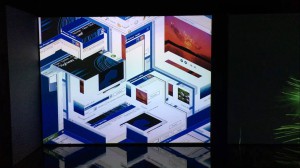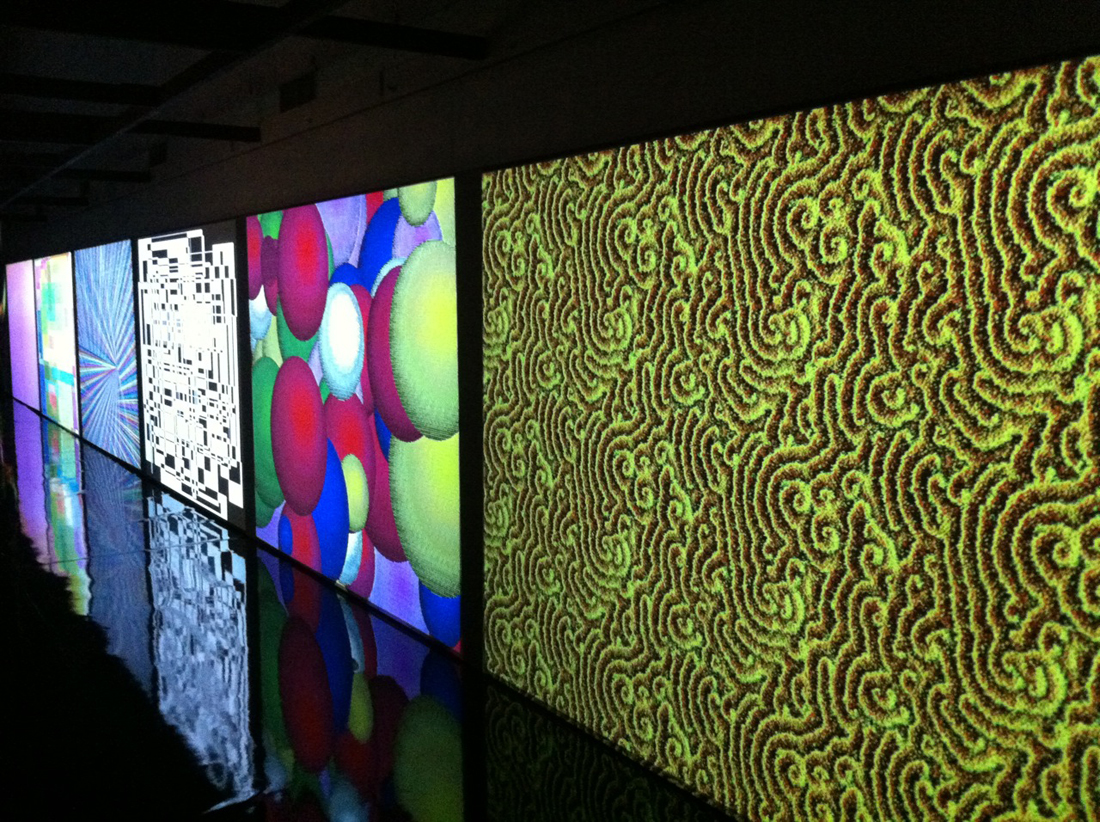Hello there dear reader, do you remember that moment when – around the year 2000 – after a long period of watching your screen and you turn away in order to rest your eyes for a bit, or perhaps you went to the kitchen for a snack or a quick visit to the bathroom, only to find your screen being “saved” when you return. It grabs your attention, you might ask yourself how does it work and
why does my screen need to be saved…?
So opening a program on your computer works within the operating system (.exe). Example; POWERPNT.EXE or OFFICE.EXE are word processing applications so when you create for example a .doc document (an executable file) it can only be viewed within the office.exe application or an external reading program. This is also the case for the .png, .jpeg etc. extensions. A screensaver is different (.scr); it will appear on top of its computer operating system and does not need another .exe program to execute its script.
Back to the most common question: “what needs your screen to be saved from”? The first generation of monitors had a phosphor layer on its screen which was sensitive enough to get permanently damaged when the monitor was not triggered. So back in the day when it took more then seven minutes to start up a computer, it was more common to leave the monitor on for the rest of the day. If it was not for the screensaver, your screen would eventually show black spots, permanently. The animation in the screensaver made sure that there was enough movement for the screen to prevent this. Nowadays, it is used to save battery life or to protect your privacy. The reason I brought up this question is because at that time my personal experience was that my computer was programmed to respond by itself. I did not consider what these screensavers were for, yet It was enjoying enough for me to accept its presence.
In the exhibition “Sleep mode – The art of the screensaver” on the second floor of the institute you will find some historical screensavers placed in the 2017 version of documentation. I experienced it like a gallery in system preferences but brought into the physical world. The room is divided by the screens which are life-size and square. Designing the surface… Is it really designing a surface? OR rather “protecting the surface”. Their design choices, which were determinant within the computer medium, had to be as minimal as possible, the great thing about these animations is that there subjects were depended on technological limitations. This makes it not possible to categorise them in the “FAUX /PATINA /LUSTRE /TEFLON /AGENCY /SLIM ” line.
The exhibition was brought together by Rafaël Rozendaal [x], an internet artist who got fascinated by the designs of the screensaver generation. Animation without a story is how he calls them.
All screensavers are part of the exhibition “Sleep mode – The art of the screensaver” Janiary – August 2017 at “Het Nieuwe Instituut” in Rotterdam. You’re Welcome, peace out.
Sleep mode – The art of the screensaver, The New Institute, Rotterdam






